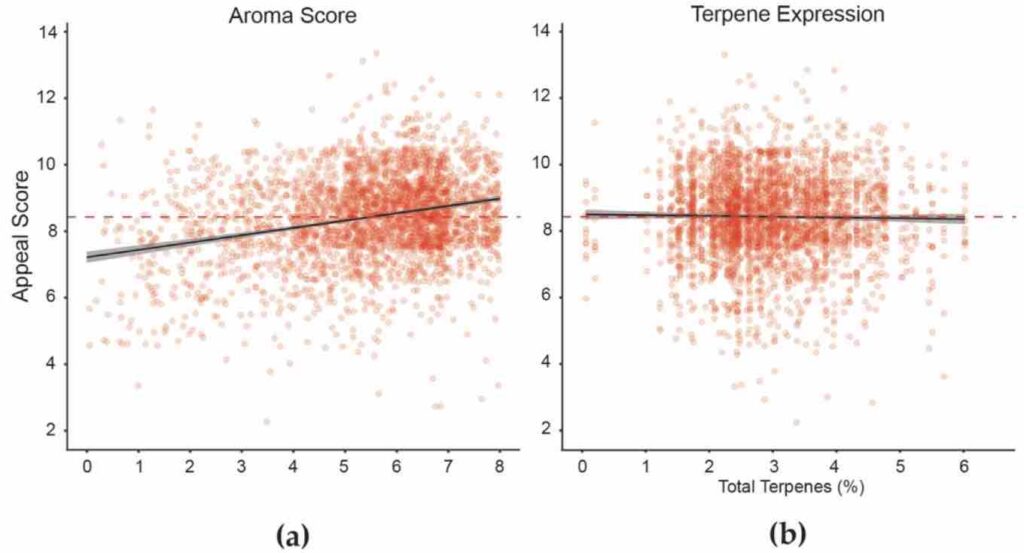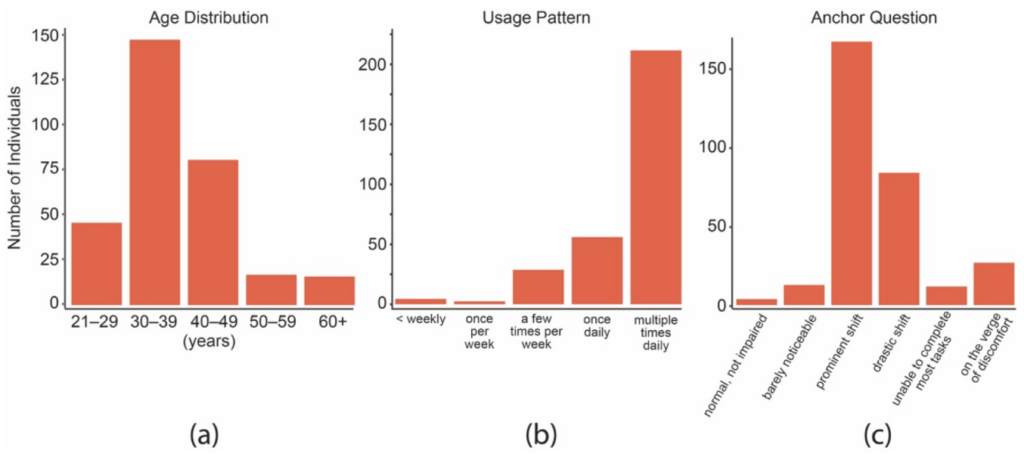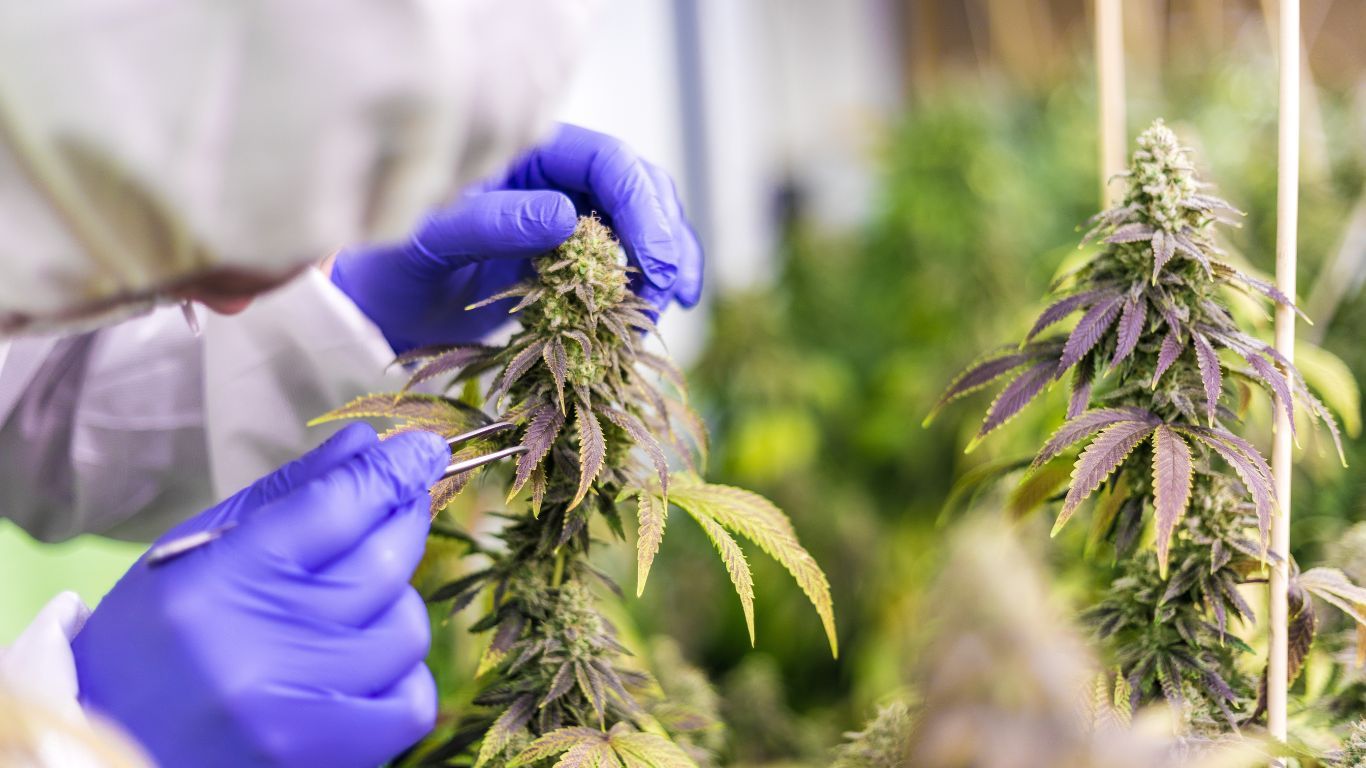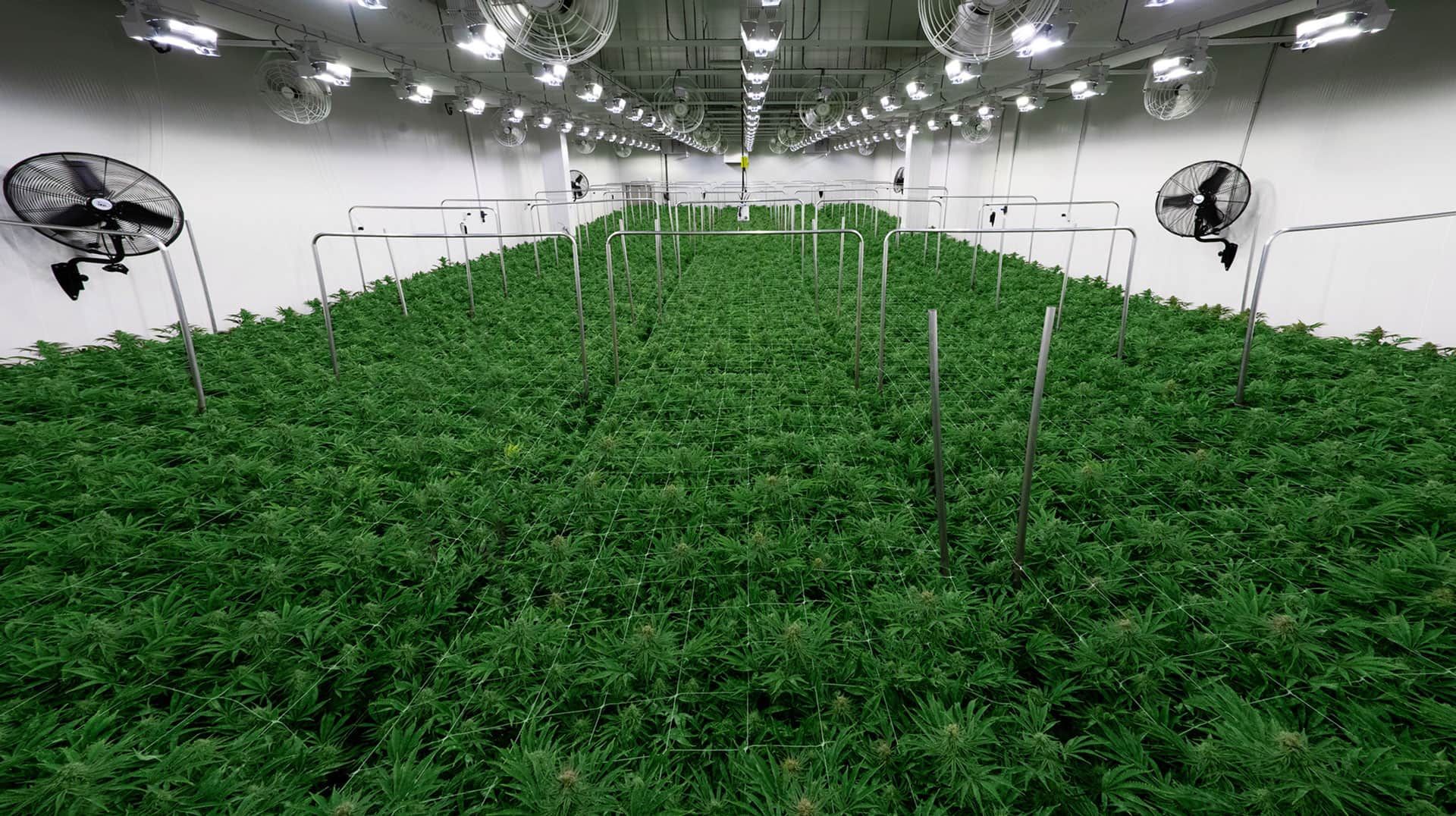
A study out of Oregon argues that aroma, rather than THC, is the most important factor when it comes to quality cannabis.
The research paper, recently published in Psychoactives, an international access journal on psychoactive substances, used cannabis samples from Oregon’s regulated cannabis supply chain, taken from a state cannabis competition called The Cultivation Classic.
Lab analyses comparing the results of the contest, as well as lab testing, was completed by researchers not affiliated with the competition, giving them a chance to evaluate the subjective, reported effects relative to each flower sample’s chemotype and aroma.
What the paper discovered was that THC potency and terpene levels were less of a determining factor in “pleasant subjective effects” than the aroma of the cannabis. Researchers argue that such findings can have “wide-reaching public health implications, given the well-established health risks of THC overuse.”
Interestingly, although terpenes and terpenoids drive such aromas, researchers found that, just as with THC, there was no direct correlation with reported terpene level and subjective experience.

Given the consumer drive for high-THC products and the subsequent demand pressure for such products from provincial buyers in Canada, combined with public health officials concerned with negative health impacts that can be associated with people consuming large quantities of THC, such findings could also point to a need for distributors and retailers to focus more on other distinguishing factors to determine quality.
As part of the Cultivation Classic, 278 samples—144 in 2019 and 134 in 2020—were provided to 276 volunteer judges over the course of two annual competitions. Each volunteer received a random sample kit that contained eight to ten random one-gram samples of cannabis flower sealed-glass jars.
“Our analysis revealed that, contrary to both market dynamics and consumer perception, neither THC potency nor THC dose had an impact on subjective appeal….In other words, high-THC cannabis may cause people to feel high, but high-THC cannabis is not always enjoyable.”
Volunteers were given a month to consume the samples in their kit and were asked to not consume any cannabis for 48 hours prior to any sampling from the kit. Volunteers were also encouraged to consume samples “mindfully” by conducting a mental and physical “body scan” intended to ensure the judges were aware of their physical and mental state prior to any sampling.
The volunteers were then asked to complete a 15-item questionnaire about the subjective effects and desirability of each cannabis sample in their kit using a scale to respond to questions about overall effects and aroma. Volunteers were also asked to report any possible negative side effects such as dry mouth, dry eyes, tunnel vision, dizziness, headache, munchies, coughing or trouble breathing, trouble sleeping, racing heart, and psychedelic-like effects.
For the purpose of the research paper, an independent analysis of 3,063 individual cannabis consumption sessions was completed comparing various levels of THC, CBD, and terpenes. Researchers found that neither THC potency nor terpene levels were correlated with subjective appeal or unwanted subjective negative effects.
Instead, the strongest contribution to positive responses from the volunteer judges was related to “pleasant subjective aroma.” Surprisingly, like THC, levels of terpenes were not directly correlated to “experiential appeal.” Flower samples with higher total terpene content, based on lab results, were not considered by participating volunteer judges to be more subjectively appealing.
Researchers also noted that the subjective experience of the volunteers differed depending on the mode of consumption, such as a joint, water pipe, or dried flower vaporizer. It also noted a “small but statistically significant interaction between biological sex and THC potency,” with male volunteers reporting slightly more enjoyment of high-THC cannabis samples than females.
Researchers also found that older volunteers reported more subjective appeal than younger volunteers. People aged 40 and older reported significantly higher subjective enjoyment scores than those under 40, and those volunteers aged 60 and older reported higher subjective appeal scores than any other age group.
Those who consumed less of each sample also reported higher levels of subjective enjoyment.

The research paper notes that such findings could have an impact on public policy around cannabis, especially with several well-known negative health impacts of THC for some consumers, such as psychosis, cannabinoid hyperemesis, and cannabis use disorder (CUD).
“Decades of research are at odds with the free market dynamics in regulated cannabis markets, where high-THC inflorescences have a much higher market share compared to moderate and low-THC products. At least partially contributing to this phenomenon is the wholesale buying “floor” (often arbitrarily set at 20% THC), whereby retailers refuse to stock dispensary shelves with low-THC (flower).”
The 20% THC threshold is a common theme in the cannabis industry in Canada, with provincial buyers often only purchasing cannabis flower at, or even well above, that level of THC. Such challenges exist in the US too, despite a lack of state-run buyers enforcing them.
A report published in the Journal of Cannabis Research in 2021 looked at samples in different legal US states and showed a clustering of testing results around 20% THC, suggesting an economic incentive to produce lab results that show products as having at least 20% THC, and also suggesting the need for better regulatory oversight of this aspect of the industry.
In that report, researchers took the laboratory data from thousands of cannabis products in Nevada and Washington (55,523 and 142,847 samples, respectively) and analyzed the results looking for an “unusually high frequency” or “bunching” of products containing just above the 20% THC threshold.
This most recent report on the subjective effects of cannabis highlights similar mechanisms behind the drive for high-THC products. From the research paper:
“Undoubtedly, the potency floor is driven by economics given that THC potency is the leading characteristic for determining the wholesale value of cannabis inflorescence. Acutely aware of the higher monetary value of high-THC flower, cannabis producers and breeders have an intrinsic pressure to selectively breed and intensively cultivate for THC potency, above all other agricultural or phytochemical features
“The result of these pressures is a narrowing of consumer purchase choices to ever more potent products. Thus, the high market value of high-THC cannabis not only puts public health at risk via overexposure to THC, but it also negatively impacts medical patients, who tend to prefer lower-THC products.”
Instead, researchers argue that their findings show that despite market dynamics and consumer perceptions, neither THC nor terpenes were the primary factor behind what consumers found to be enjoyable.
“Our analysis revealed that, contrary to both market dynamics and consumer perception, neither THC potency nor THC dose had an impact on subjective appeal….In other words, high-THC cannabis may cause people to feel high, but high-THC cannabis is not always enjoyable.”











